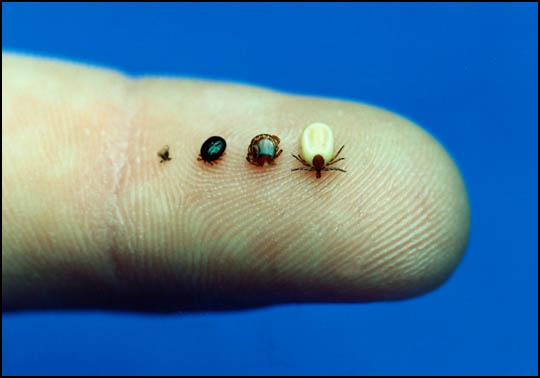 What are some of the
diseases carried by ticks and mosquitoes?
What are some of the
diseases carried by ticks and mosquitoes?
• Lyme disease is transmitted by the deer tick or
black-legged tick and can be
found in every people to contract Lyme disease.
• Canine anaplasmosis is a disease that is caused by the
organisms Anaplasma
phagocytophilum, which is transmitted by the deer
tick and black-legged tick,and Anaplasma platys, transmitted by the brown dog tick.
the lone star tick.
• Heartworm disease is transmitted by mosquitoes. Despite
high awareness
with pet owners, infection rates haven’t changed in 10
years.
How could my dog become
infected?
 • Ticks and mosquitoes often carry parasites and bacteria
that cause
• Ticks and mosquitoes often carry parasites and bacteria
that causedisease. They can be transmitted to your pet if an infected tick or mosquito
bites them.
• Your dog can be exposed to infection in almost any outdoor
location where ticks
and mosquitoes can be found, and risk varies from region to
region.
• Your pet may not show any immediate signs of infection,
making diagnosis
difficult. Testing is the only way to know for sure if your
dog has been exposed.
What can I do to
help?
• Use a tick preventative on your dog. Watch them closely
for changes in
behavior or appetite and call your veterinarian with any
concerns.
• Call your veterinarian immediately if you recognize any of
the following signs:
lameness, swollen or painful joints, lack of energy, loss of
appetite/weight loss,vomiting, diarrhea.
• Check your dog for ticks daily. If you find a tick, go to
dogsandticks.com for
proper removal procedures. Call your veterinarian for
assistance andto schedule a follow-up visit.
• Bring your dog in for a vector-borne disease screening at
least once a year.
your dog’s prognosis.





